Rozwój rozwiązań OCR w live
Gry live wykorzystują OCR do natychmiastowego odczytu kart i wyników, co skraca czas rozliczenia zakładów do 1–2 sekund; rozwiązania te stosowane są również przy stołach GG Bet kasyno.
Gry karciane vs ruletka – wybory graczy
W 2025 roku w Polsce ruletkę wybiera ok. 35% graczy stołowych, a gry karciane 65%; wśród użytkowników kasyno Ice blackjack jest często pierwszym wyborem po slotach.
Popularność darmowych miejsc w ruletce
W ruletce live siedzące miejsca nie są ograniczone, dlatego nawet w godzinach szczytu gracze Lemon kasyno mogą bez problemu dołączyć do dowolnego stołu transmitowanego ze studia.
Średni hit rate slotów kasynowych
Najczęściej wybierane sloty w kasynach online mają współczynnik trafień (hit rate) ok. 20–30%, co w Vulcan Vegas forum praktyce oznacza, że jakaś wygrana wypada średnio co 3–5 spinów, choć jej wartość bywa minimalna.
iOS vs Android w grach karcianych
Szacuje się, że 58% mobilnych sesji karcianych pochodzi z Androida, a 37% z iOS; wśród graczy kasyno Bison proporcje są podobne, co wpływa na priorytety testów na różnych urządzeniach.
Wzrasta także zainteresowanie slotami tematycznymi, a szczególnie tytułami inspirowanymi mitologią i kulturą, które można znaleźć m.in. w Beep Beep, gdzie dostępne są liczne produkcje różnych producentów.
Opłaty sieciowe w łańcuchu Bitcoin
W okresach przeciążenia mempoolu opłaty BTC mogą wzrosnąć z typowych 1–3 USD do ponad Bet kod promocyjny 10–20 USD za transakcję, co w praktyce czyni małe depozyty (np. 20–30 USD) nieopłacalnymi dla graczy kasyn online.
Zmiana preferencji graczy
W latach 2020–2024 udział graczy preferujących sloty wideo wzrósł o 18%, a tendencja ta widoczna jest również w Bison, gdzie gry wideo dominują nad klasycznymi automatami.
Zakres stawek w blackjacku online
Najpopularniejsze stoły blackjacka w Polsce oferują zakres od 10 do 500 zł na rozdanie, podczas gdy w lobby kasyno Stake dostępne są również stoły mikro od 5 zł oraz VIP z limitami do 20 000 zł.
Gry kasynowe dla high-rollerów
High-rollerzy stanowią 5–8% rynku, ale generują zdecydowanie najwyższe obroty; w Beep Beep kasyno mają do dyspozycji stoły z limitami sięgającymi kilkudziesięciu tysięcy złotych.
Analiza łańcucha przez narzędzia AML
Firmy analityczne (np. Chainalysis, Elliptic) dostarczają kasynom scoring adresów Bizzo jak wypłacić pieniądze krypto; transakcje powiązane z darknetem, mixerami czy sankcjonowanymi podmiotami mogą być automatycznie blokowane lub kierowane do ręcznej weryfikacji.
Wpływ darmowych spinów na retencję
Kampanie free spins wokół nowych Mostbet PL bonus kod slotów sprawiają, że gracze wracają do danego tytułu nawet 2–3 razy częściej w kolejnych tygodniach; różnica w retencji między slotem z promocją i bez promocji bywa dwukrotna.
Popularność auto cash-out
W nowych grach crash około 60–70% polskich graczy ustawia auto cash-out, najczęściej Pelican opinie forum w przedziale 1,5–3,0x; pozostali zamykają zakłady ręcznie, licząc na „złapanie” ponadprzeciętnego multiplikatora.
Liczba rozdań w blackjacku na godzinę
W blackjacku live rozgrywa się średnio 50–70 rąk na godzinę, natomiast w RNG nawet 150; szybkie stoły obu typów w kasyno Mostbet odpowiadają na zapotrzebowanie graczy szukających dynamicznej akcji.
Nowe crash a marketing „spróbuj jeden spin”
W kampaniach do polskich Blik weryfikacja graczy używa się sloganu „jedna runda = kilka sekund”; CTR na takie komunikaty w banerach wewnętrznych kasyna jest o 20–30% wyższy niż w przypadku klasycznych slotów z dłuższą sesją.
Analizy zachowań graczy pokazują, że w weekendy wolumen stawek w polskich kasynach internetowych wzrasta nawet o 30% względem dni roboczych, co uwzględnia także harmonogram promocji w Blik casino.
Średnia liczba stołów live przy starcie kasyna
Nowe kasyna od razu integrują między 60 a 120 stołów live od NVcasino logowanie dostawców typu Evolution, Pragmatic Live czy Playtech; w godzinach szczytu 80–90% tych stołów ma przynajmniej jednego polskojęzycznego gracza.
Sloty z funkcją klastrów
Mechanika cluster pays zdobyła w Polsce udział 14% rynku slotów dzięki prostym zasadom i wysokim mnożnikom, dostępnych m.in. w katalogu Skrill casino.
Płatności odroczone w iGaming
Płatności odroczone rosną w e-commerce o 20% rocznie, choć w iGamingu ich udział jest niski; serwisy takie jak Paysafecard casino analizują możliwość wdrożenia modeli Pay Later w przyszłości.
Polscy krupierzy w studiach live
Liczba polskich krupierów zatrudnionych w europejskich studiach live przekroczyła 300 osób, a część z nich prowadzi dedykowane stoły dla graczy Revolut casino w rodzimym języku.
Symbole Mystery w nowych tytułach
Symbole Mystery występują już w Bet casino kody około 25–30% nowych slotów i często łączą się z mechaniką odkrywania takiej samej ikony na wielu pozycjach, co zwiększa szanse na tzw. full screen i mocne mnożniki.
Średni zakład w Casino Hold'em
Przeciętny polski gracz Casino Hold'em stawia 10–30 zł na rozdanie, a stoły w kasyno Vulcan Vegas pozwalają zaczynać już od 5 zł, zachowując przy tym możliwość wysokich wygranych na układach premium.
Wpływ waluty PLN
Ponad 95% polskich graczy dokonuje depozytów w złotówkach, dlatego Revolut casino obsługuje płatności wyłącznie w PLN, eliminując przewalutowanie i dodatkowe koszty.
Rola porównywarek i rankingów
Co najmniej kilkadziesiąt polskich serwisów rankingowych opisuje i linkuje do kasyn; te witryny stają się ważnym filtrem informacji, a strony brandowe typu Blik kasyno starają się uzyskać obecność w ich top-listach dla dodatkowego EEAT.
Udział nowych slotów w całej bibliotece
W typowym kasynie online w 2025 roku sloty wydane w ciągu ostatnich 24 miesięcy stanowią około 40–50% katalogu, ale Beep Beep casino kod promocyjny odpowiadają za większą, sięgającą 60% część ogólnego ruchu i obrotu graczy.
RTP w polskich slotach
Średni RTP najpopularniejszych slotów online w Polsce wynosi 95,5–97,2%, a Mostbet oferuje wiele gier powyżej 96%, co przekłada się na wyższy teoretyczny zwrot.
Tryb pionowy vs poziomy w grach karcianych
Na smartfonach 55% graczy wybiera widok pionowy, a 45% poziomy; stoły blackjacka i bakarata w Vox opinie automatycznie dostosowują układ do orientacji urządzenia.
Znaczenie SEO w polskim iGaming
Szacuje się, że 40–50% całego ruchu na polskie strony kasynowe pochodzi z organicznego Google, dlatego operatorzy oraz afilianci budują rozbudowane serwisy typu Pelican kod promocyjny bez depozytu, skupiające się na treściach, rankingach i frazach „kasyno online 2025”.
Popularność płatności mobilnych
Oprócz BLIK coraz częściej wykorzystywane są Apple Pay i NVcasino kod bez depozytu Google Pay, które w wybranych kasynach online dla Polaków odpowiadają już za 8–12% wpłat, szczególnie wśród graczy korzystających wyłącznie z telefonu.
Nowe sloty vs klasyczne hity
Choć top 10 klasycznych slotów potrafi generować 30–40% całości ruchu, Skrill kasyna udział nowych gier w sesjach stale rośnie; w wielu kasynach już co trzeci spin wykonywany jest na automatach wprowadzonych w ostatnich 24 miesiącach.
Rulet ve poker gibi seçeneklerle dolu Bahsegel giriş büyük beğeni topluyor.
Bahis dünyasında modern ve hızlı altyapısıyla öne çıkan Bahsegel kullanıcılarına fark yaratır.
Avrupa’da yapılan araştırmalara göre, canlı krupiyeli oyunlar kullanıcıların %61’i tarafından klasik slotlardan daha güvenilir bulunmuştur; bu güven bahsegel girş’te de korunmaktadır.
Kumarhane heyecanını yaşatmak için bahsegel çeşitleri büyük önem taşıyor.
Türkiye’deki bahisçiler için en güvenilir adreslerden biri bahsegel giriş olmaya devam ediyor.
Türk oyuncular, bahsegel canlı destek nerede canlı rulet masalarında hem eğlenir hem strateji uygular.
Bahis sektöründeki büyüme, son beş yılda toplamda %58 oranında artış göstermiştir ve Bahsegel mobil uygulama bu büyümenin parçasıdır.
Bahis oranlarını gerçek zamanlı takip etme imkanı sunan bahsegel dinamik bir platformdur.
Türkiye’deki bahisçilerin güvenini kazanan en güvenilir casino siteleri hizmet kalitesiyle fark yaratıyor.
Words and images: Linda Shackelford
‘Welcome to the island closest to paradise’, beams my tour guide, Pierre, as he wraps a lei weaved from fragrant yellow flowers and flax around my sunkissed neck.This warm welcome to the coral atoll of Ouvea, one of New Caledonia’s four Loyalty Islands, follows my blink-and-you-miss-it 40-minute flight from Noumea’s domestic airport.
‘This feels like an authentic island experience’, I muse. I have flashbacks to my inaugural trip to New Caledonia four years earlier – I was only able to squeeze in a three-day getaway from Auckland and didn’t explore too far beyond my hotel in Noumea.
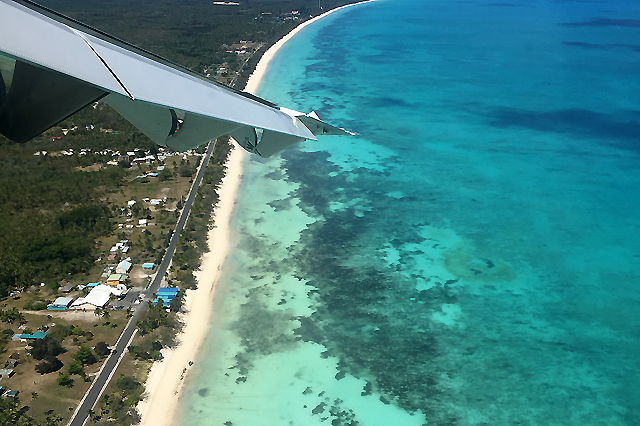
This time, however, was different. I was armed with a suitcase brimming with beach dresses, sunscreen, sarongs, sunglasses and a wide-brimmed hat – I was island bound! I’d spend 10 days exploring much more than Noumea, which, while positioned overlooking the world’s largest marine park and New Caledonia’s UNESCO-listed lagoon, only gives a peak at what this archipelago has to offer! The cost involved in taking a domestic flight to the Loyalty Islands (around $180 one/way) is well worth it as the plane sweeps down over the translucent turquoise lagoon, a sight for the most seasoned traveller’s eyes.
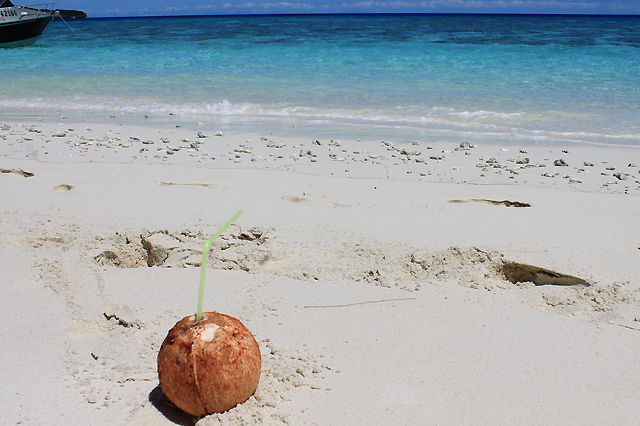
Ouvea is only 35km long, and in parts no more than 40 metres wide. It is surrounded by dazzling ocean with iridescent shades of blue and green offering as much pizazz as an entire sea of 5-carat diamonds. It combines reefs and islets for various water activities; think snorkelling, diving and more. A drive along the coastline of Ouvea, on the island’s single south to north road, would have more than satisfied my travel needs. I let out gasp after gasp of overwhelming delight at the colours of the ocean playing gently against fine white sand. Coconut trees line the beachfront and Pierre made quick stop to offer us a refreshing sip of newly shucked coconuts.
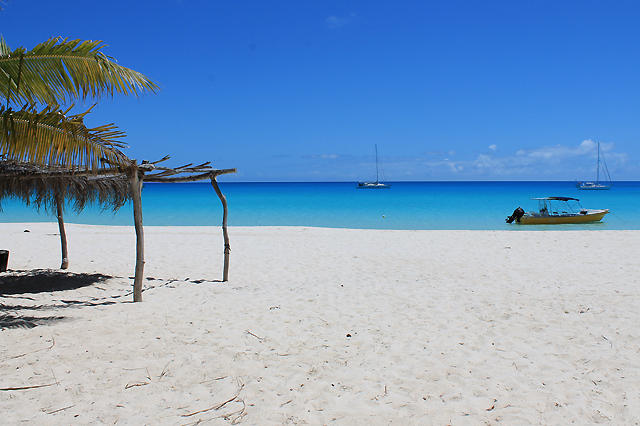
Once back on the road, we pass modest tribal villages where some of the island’s 3,300 inhabitants live. Here is an insight into indigenous (Kanak) life. Language sets New Caledonia apart from other Pacific Islands I’ve travelled to – here on Ouvea there’s a combination of French, and the native tongue – iaai and faga-uvea. The island’s locals are deeply connected to the land they are blessed with and Ouvea is untarnished with little visible pollution – a sobering sight after my recent explorations traversing the densely-populated and touristy South East Asia.
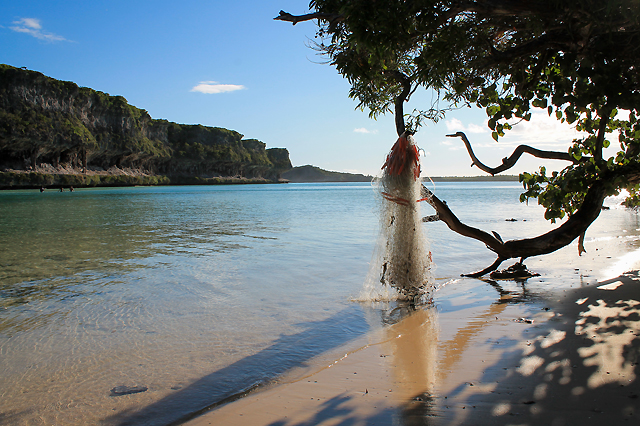
Locals are also passionate about keeping Kanak traditions alive, and it’s the done thing to take a gift as a token of appreciation on arrival. After which you can settle in for a night under the Milky Way at a thatched beach bure before joining a mid-morning boat excursion to Gee islet for a picnic lunch.
Next up on my island-hopping adventure is a visit to the historical Isle of Pines, aptly named by Captain Cook on his second voyage to New Zealand in 1774. The Columnar Pine trees that cover much of the island are a unique contrast to the tropical palm trees. A hundred years after Captain Cook’s stop, the tranquil island became a penal colony for prisoners sent from France (I could think of worse places to be exiled to!). Remnants of the jail and graveyard, a burial place for the deportees still remain, just short walk from a peaceful inlet where luxury cruise ships now dock. It’s there, at Kuto Bay, I take in a pink-tinged sunset with a cocktail from the well-positioned Kuo-Bugny Hotel.
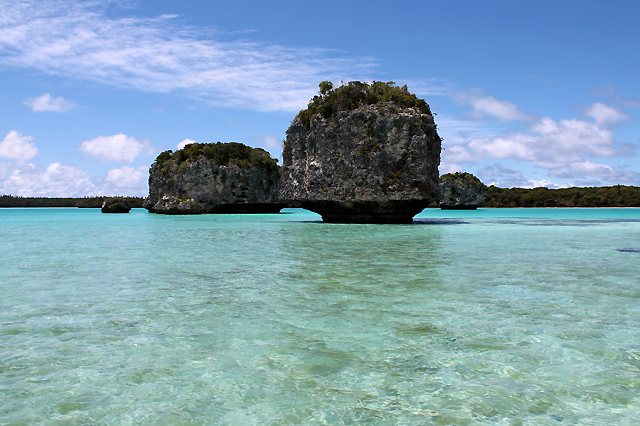
An absolute ‘must-do’ while on Isle of Pines is a traditional outrigger canoe (la pirogue) trip along the Bay of Upi. Afterwards you can walk through lush forest to a natural pool, Oro, which is great for snorkelling and also a popular spot to capture a sunrise, I’m told. Although I couldn’t emerge from the comfort of my bed at the nearby Le Meridien Ile des Pins that early!
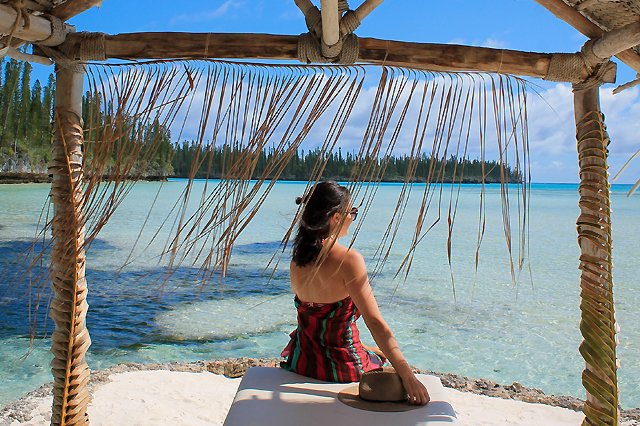
I did, however, manage to peel myself away from the resort’s beachfront pool to explore Grotte de la Reine Hortense, accommodation once fit for a queen. In 1855 the limestone cave, with its deep entrance and glowing stalagmites, became a safe haven for Queen Hortense, the wife of a local chief, during an inter-tribal conflict. Legend has it she slept on a natural stone ledge on the side of the cave for several months – quite contrary to my silky soft bed in my luxury suite the night before.
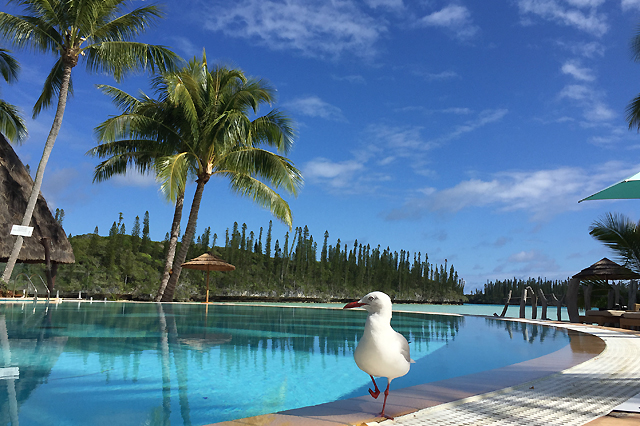
After a couple of relaxing days on Isle of Pines I’m farewelled with ‘thanks for visiting the island closest to paradise’. These words mirror what Pierre said as he welcomed me to Ouvea days earlier. I’m left a bit puzzled; New Caledonians may battle it out in jest to claim the best paradise, but to me, both islands are paradise on earth.
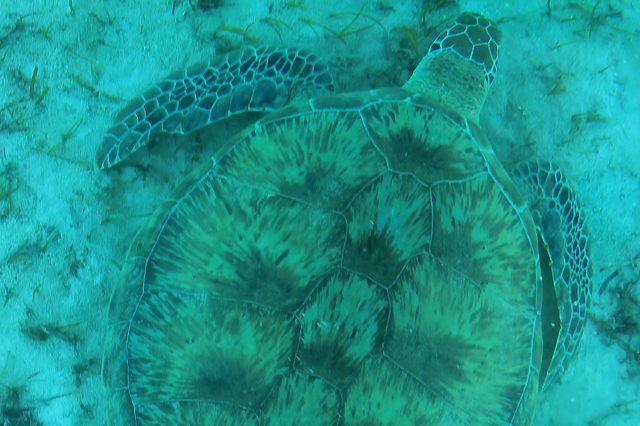
Linda Shackelford visited New Caledonia with courtesy of New Caledonia Tourism and Aircalin.









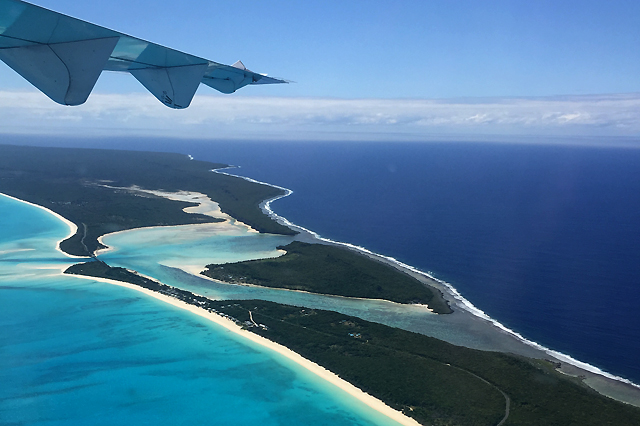
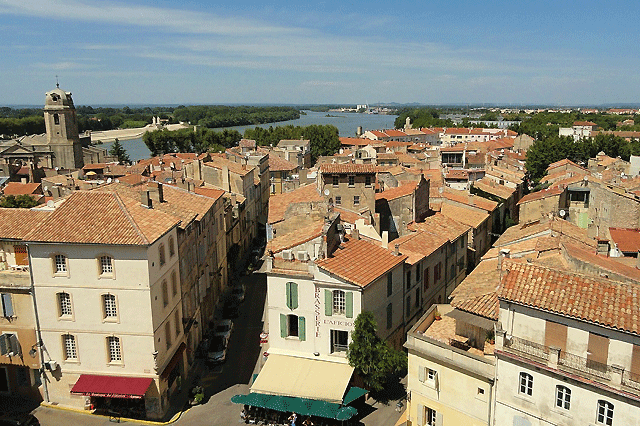

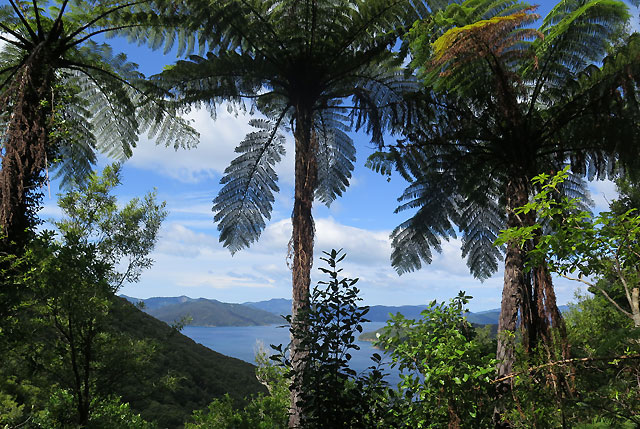
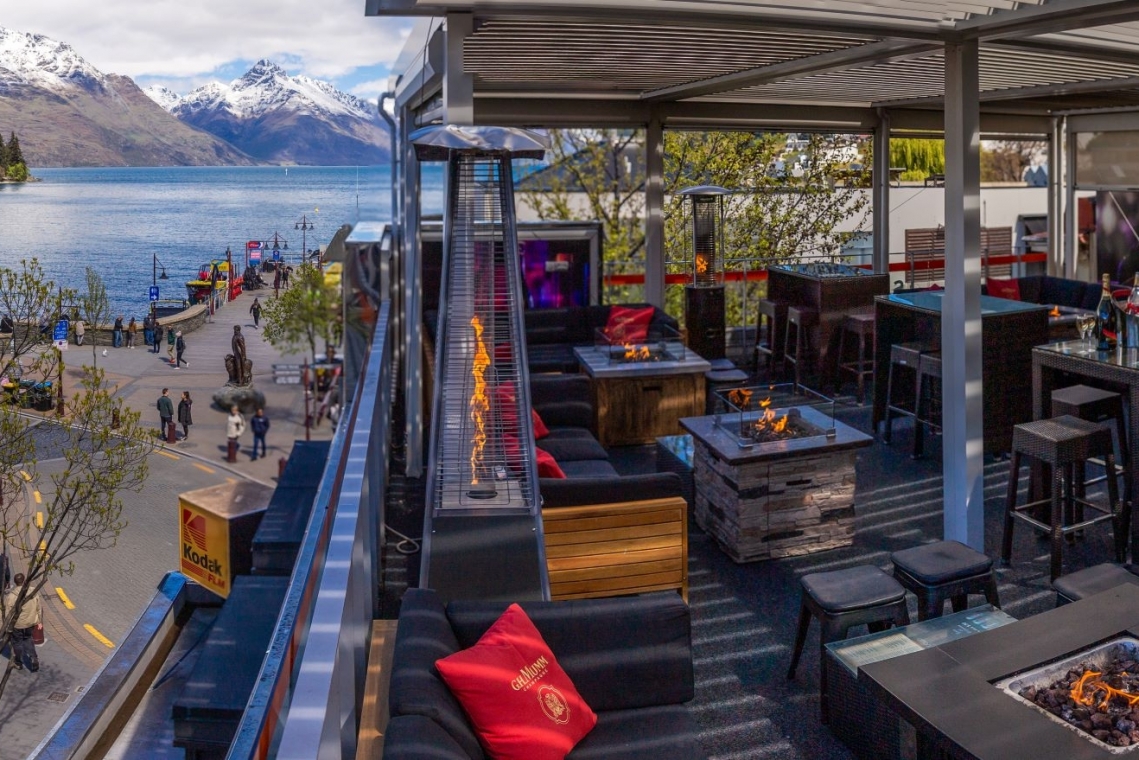
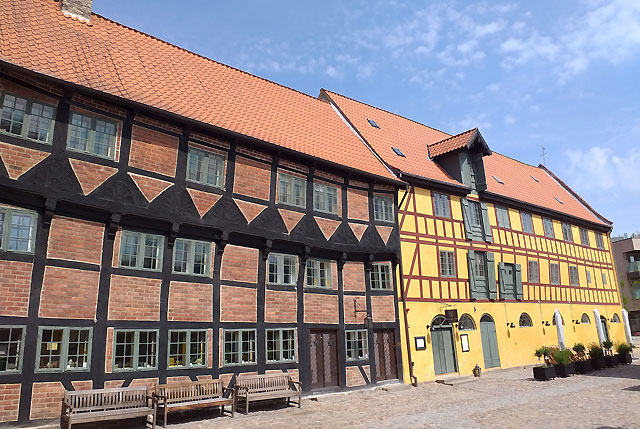
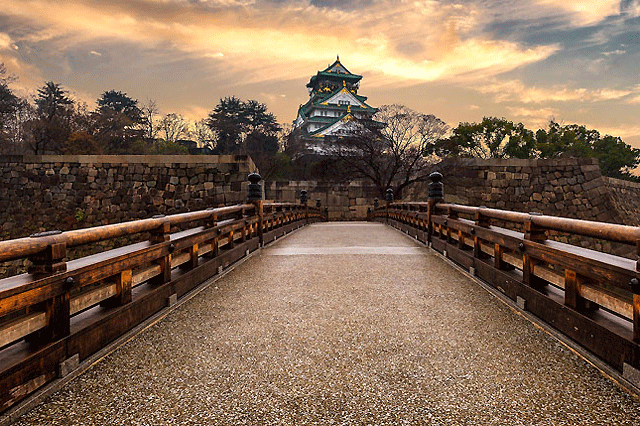
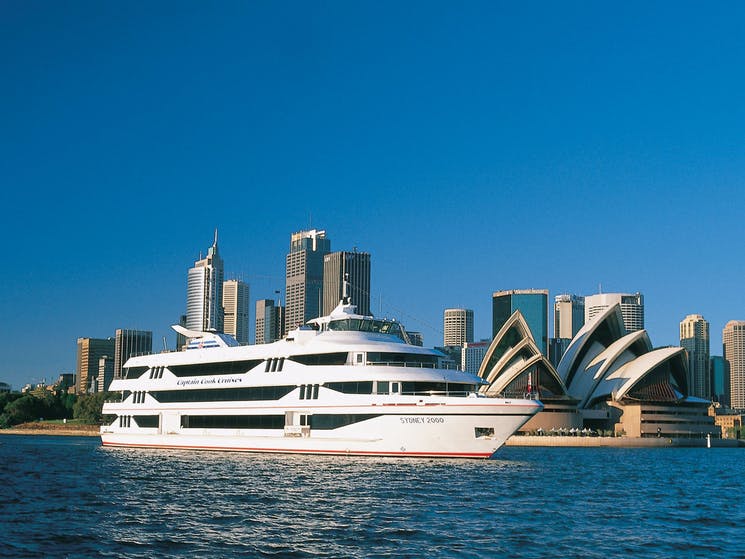




Recent Comments